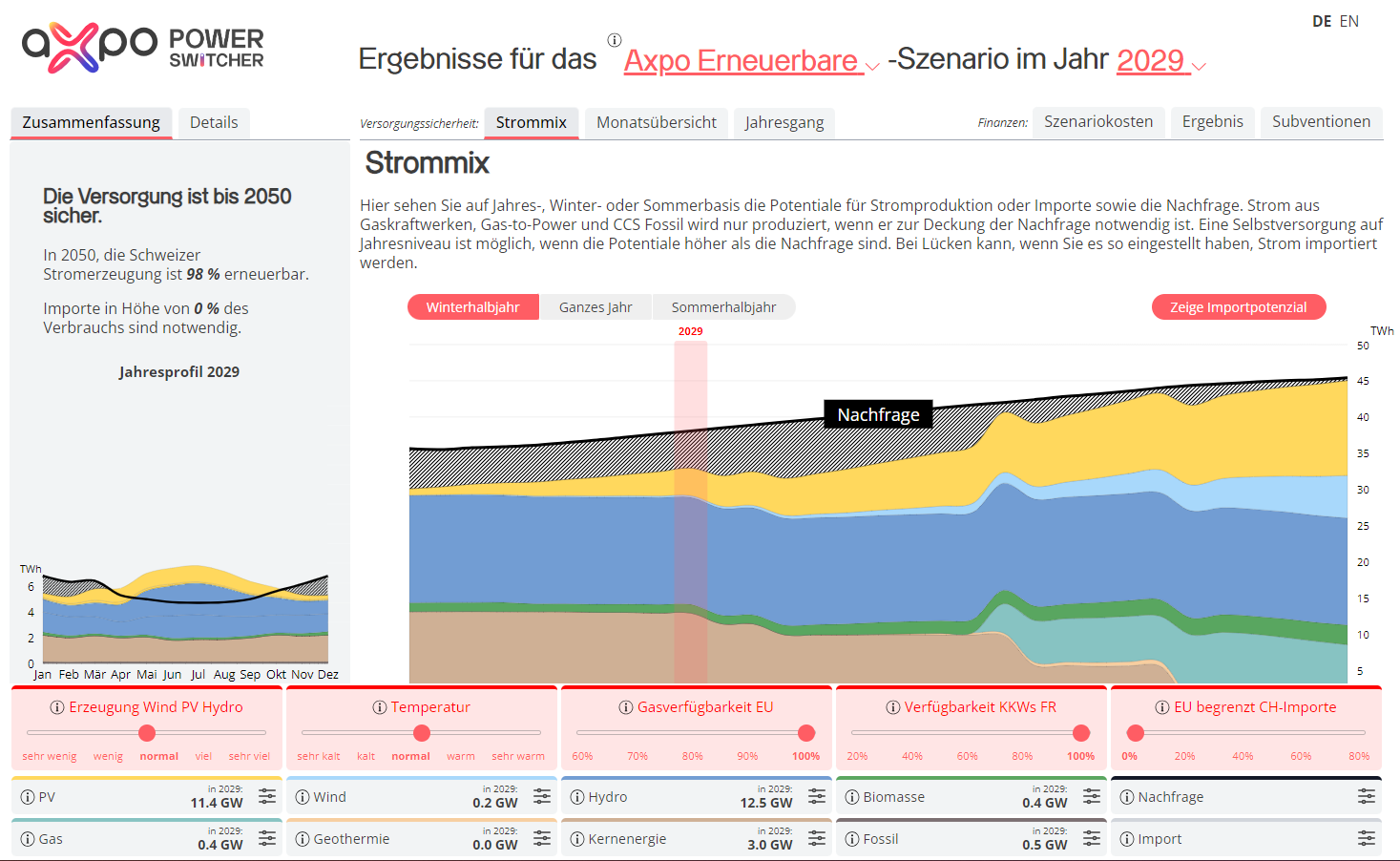Recycling
We have been active in the sustainable recycling of biowaste for more than 30 years and have extensive experience in all areas from waste separation to green waste collection, processing, energy production and the manufacture of fertiliser products. With our sustainable recycling, we close valuable material cycles and gain energy and resources for future generations.
The completed ecological cycle
Biowaste contains CO2-neutral, renewable energy. During fermentation in one of our fermentation plants, biowaste is turned into methane-containing biogas and digestate. We use the biogas to produce electricity and heat or feed it into the gas grid. The digestate can be used as fertiliser, where the valuable nutrients are returned to the soil. Our fertiliser products are suitable for use in agriculture as well as in the home garden.
At our composting sites, we produce compost products of the highest quality from biogenic waste with less energy content but a high woody content. When used, the resulting products improve the soil structure and also nourish the soil with valuable nutrients.
The mobile services in the area of green waste processing and reprocessing round off the diverse and comprehensive portfolio. With the mobile services, we also reach remote regions of Switzerland and professionally process the green waste directly on site. The management of external composting sites is also part of the service.
Fermentation
During fermentation, biogenic waste is processed into biogas, electricity, heat and fertiliser. Axpo uses the Kompogas process for this purpose. The process is based on the continuous dry fermentation of biowaste in an oxygen-free environment. During fermentation CO2-neutral methane is produced and converted into green electricity and heat in a cogeneration plant or processed into natural gas quality biogas. Thanks to this proven technology, our fermentation plants make maximum use of the energy potential of biowaste: Depending on the type, up to 1000 kilowatt hours of energy can be generated from one tonne of biowaste. Around 900 kilograms of natural fertiliser in solid and liquid form remain as a by-product.
- Factsheet Fermentation (German only) View Send email Download

Delivery and preparation
The first step in the operational process at our fermentation plants is receiving collected biowaste. It is unloaded in a deep bunker and transported to the shredder by a fully automatic crane. The waste is shredded to a maximum particle size of 60 mm. After passing through the star screen, the processed material is fed into the fermenter via a conveyor belt and screw conveyor.
Processing
The plug-flow fermenter is the heart of the plant. Uniform conditions for the fermentation process must prevail here. These are ensured by:
- Gentle and continuous mixing of the biomass with the microorganisms by means of a robust agitator.
- Continuous, fully automatic feeding of the fermenter around the clock.
- The fermentation process in the fermenter based on anaerobic-thermophilic dry fermentation at a constant temperature of approx. 55°C, which is optimal for microorganism growth.
The biomass remains in the fermenter for about 14 days. Under a temperature of 55°C, the material is reliably hygienised (germ-free) and weed seeds and neophytes are completely killed off.
The fermented biomass, about 900 kilograms per tonne of input material, is then separated into a solid and a liquid fraction by means of a press. The two substances are considered high-quality natural fertilisers and can be used in agriculture or in the garden.
Composting
Biogenic waste with a high wood content and low energy content is recycled by adding oxygen to the material. The treatment process, which takes several months, produces compost products of the highest quality that can be used in many ways in horticulture and agriculture. The soil receives valuable nutrients and the natural cycle is completed.
Delivery and preparation
In a first step, the biogenic material is unloaded and sorted at the sites. Then the foreign matter is removed. In a second step, the green waste is separated and shredded so that the material can then be piled up in long rows, so-called windrows.
Management and processing
The windrows are mixed with structural material and old compost and then regularly turned so that oxygen and water, which are essential for the rotting process, can get into the windrow. Depending on the desired end product, this process is carried out for different lengths of time. For fresh compost, this takes about three months, for well-matured compost a good eight to ten months. Finally, the compost is sieved to the desired grain size and, depending on its use, additives are mixed in. By adding humus or low-lime sand, substrates are obtained for a wide variety of applications. Learn more about our soil, fertiliser and wood products here.
Contact us
We would be pleased to advise you on our products and services.
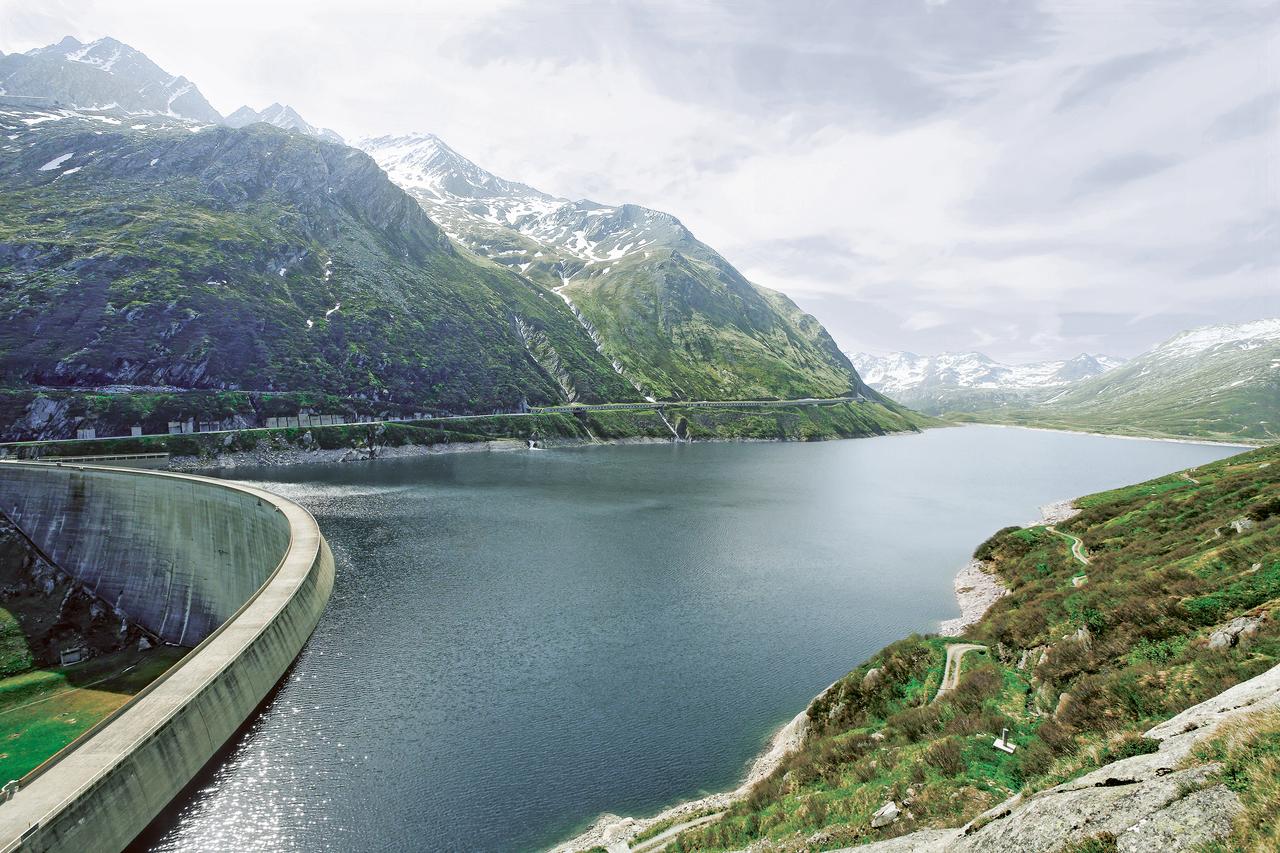
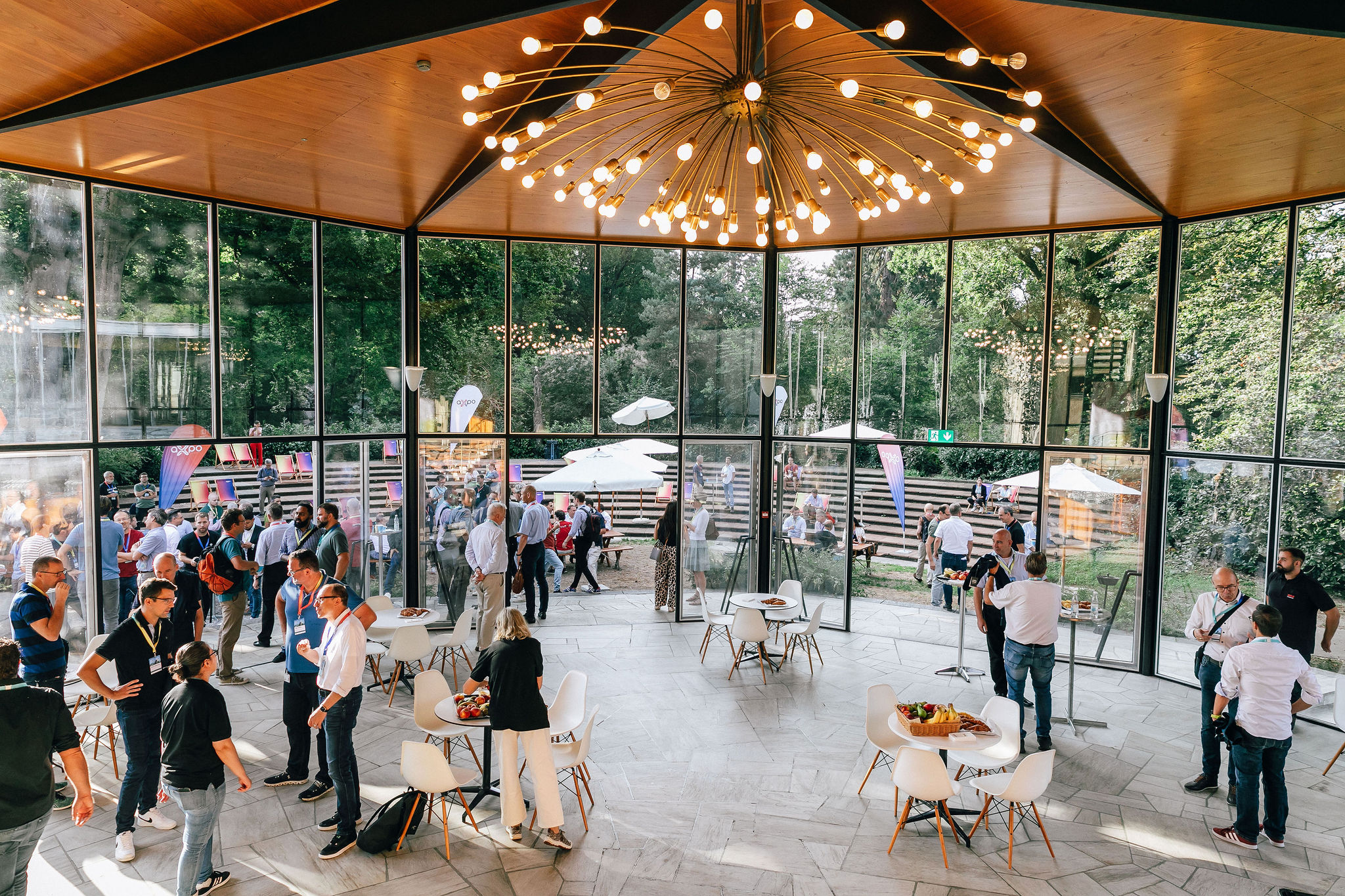
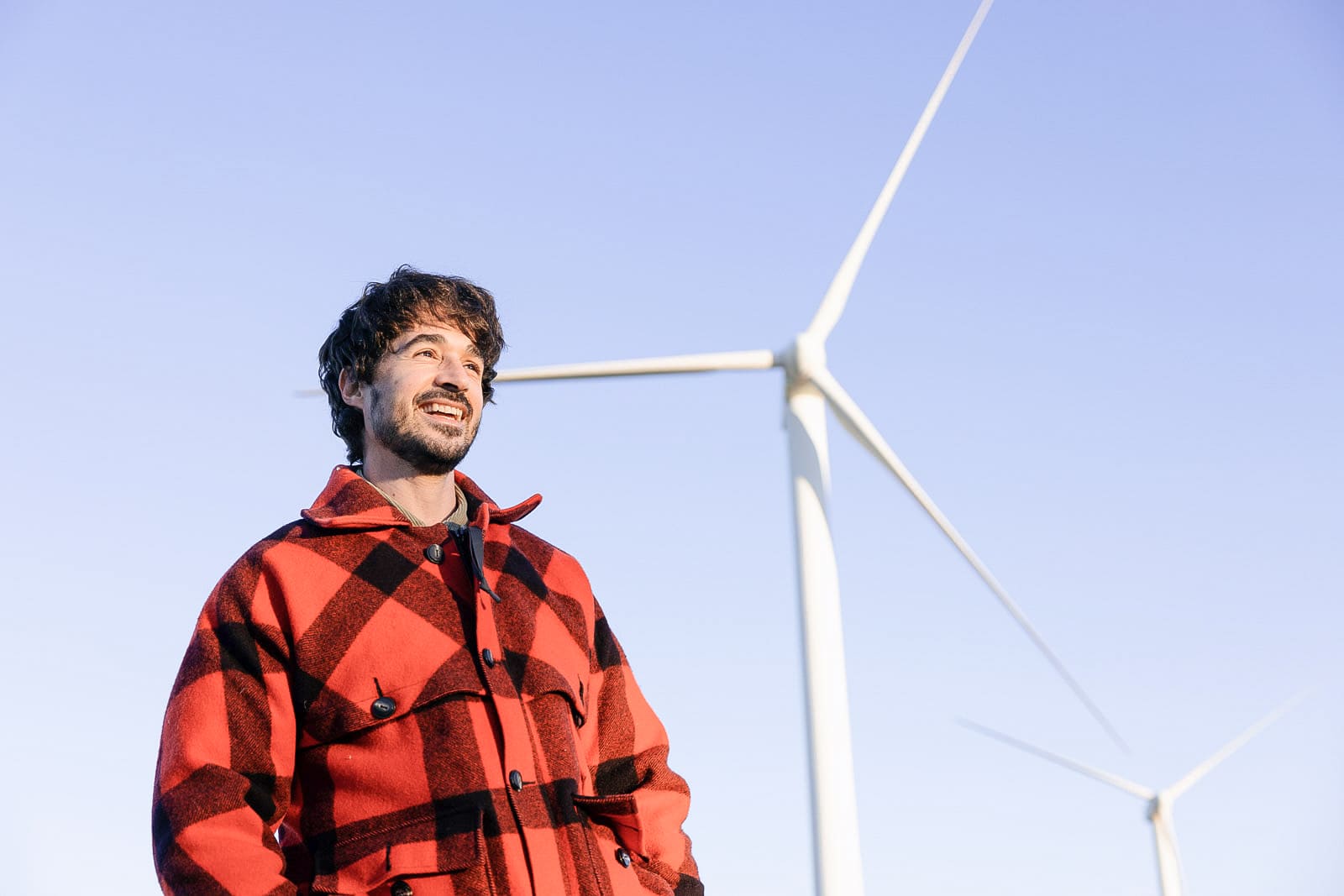
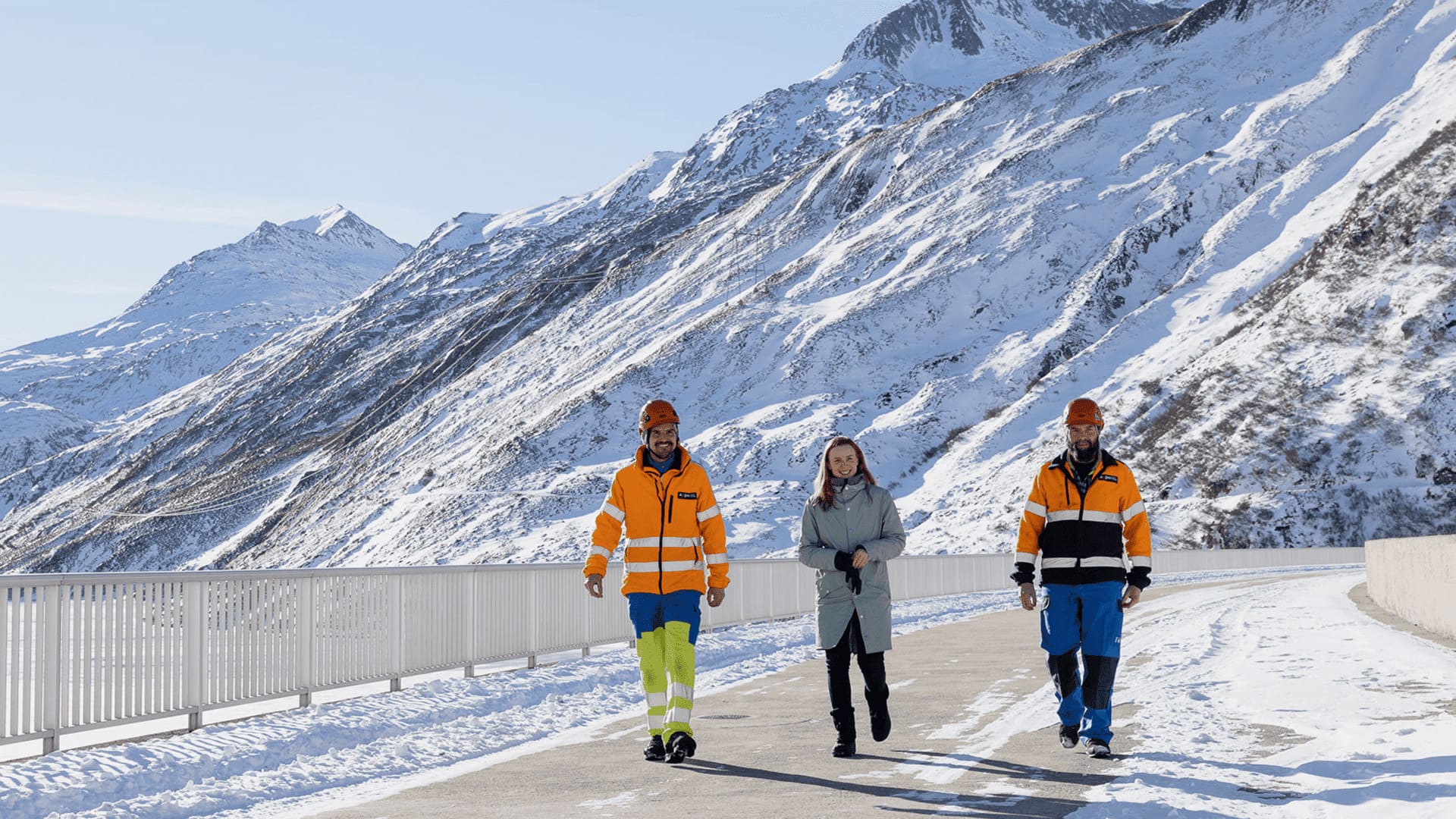
.jpg)

